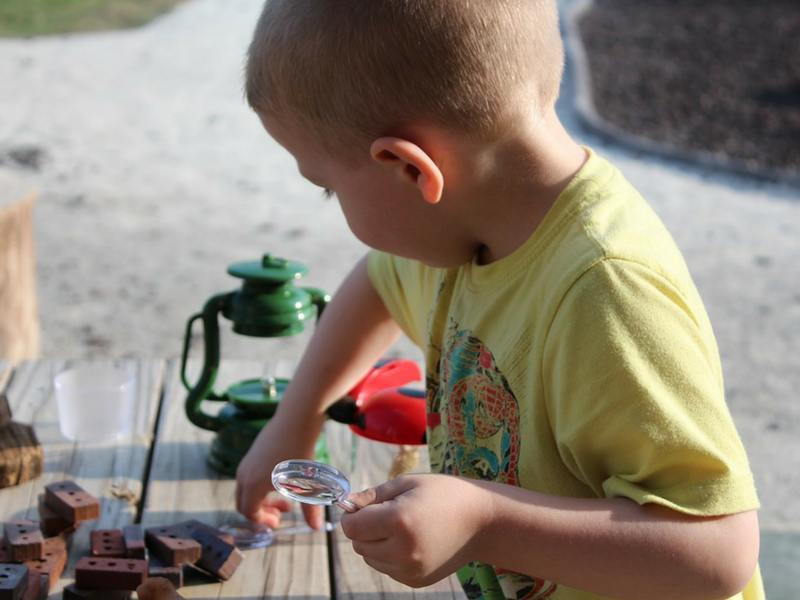Science experiment for kids: making a bouncy egg yourself
Fun & educational home activity
If you’re looking for a fun — and educational — activity to keep your kids entertained at home, then there’s really nothing better than making a bouncy egg! It’s simple and very effective, but before we look at how to make a bouncy egg, let’s look at why we’d want to make one!
There are three big advantages to making a bouncy egg:
It’s fun! It’s a great rainy day activity for kids, giving them the chance to get creative, and get a bit messy, too. But don’t worry — we’ll look at how to remove paint and stains from clothes later.
Simple, hands-on experiments like this can help to boost a child’s learning and understanding. It’s called ‘experiential learning’, and allows kids to learn by doing, rather than just listening.
It’s small enough, and robust enough, to be packed in a bag and taken to a party venue as an extra party game, or it can be taken to a friend’s house for your kids to play with it with friends.
How to make a bouncy egg
Here’s everything you need to know to make your own bouncy egg at home:
Preparation
This experiment takes a few days to complete, but you can help to speed things up a little by ensuring you have everything you need and have prepared the egg for the experiment. To do this, you’ll need a raw egg and a bowl or jar large enough for the egg to fit into, a container of white vinegar, and some bright and vibrant food colouring or paints.
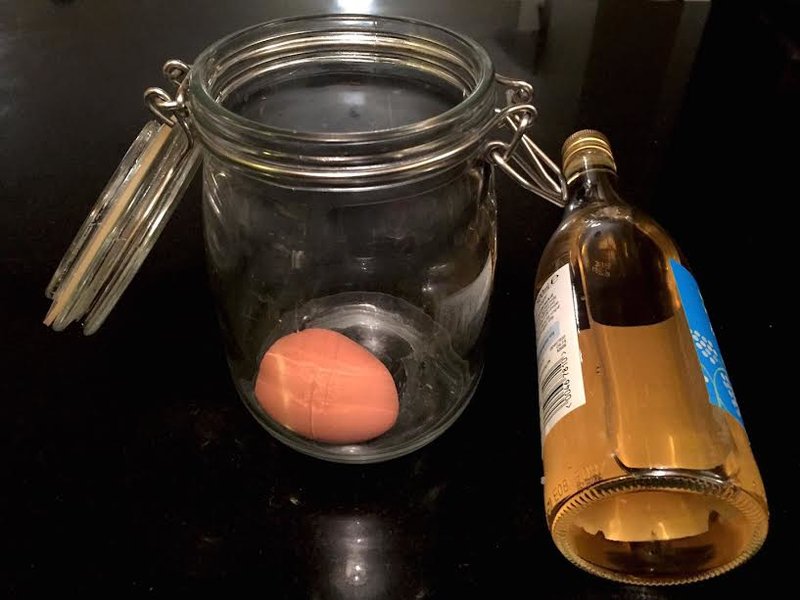
Getting creative
If your kids are feeling very creative, they can begin by painting the shell of the egg before starting the experiment (but be sure they know that the shell will be peeled off at the end of the experiment!).
Starting the experiment
Once the egg is dry, carefully pour vinegar into the bowl or jar, and add your egg, ensuring it is completely submerged in the vinegar. If you want your bouncy egg to be colourful, you can add some drops of food colouring, or some paints, into the vinegar, or you could choose to leave it clear.
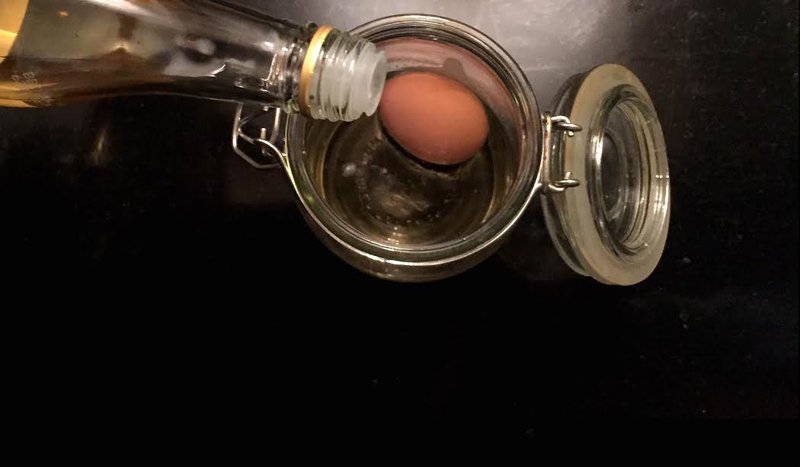
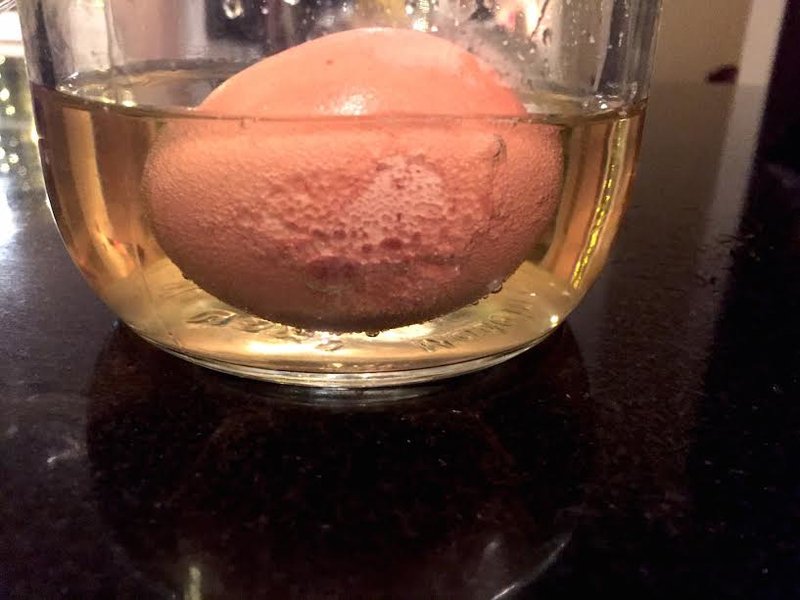
Results
Leave the egg in the vinegar for 3 days. After 3 days, you’ll notice that some of the shells will have started to break away from the egg. That’s because the acid in the vinegar breaks down the shell. Carefully remove the remainder of the shell (it’s easier to do under gently running water), and start bouncing!
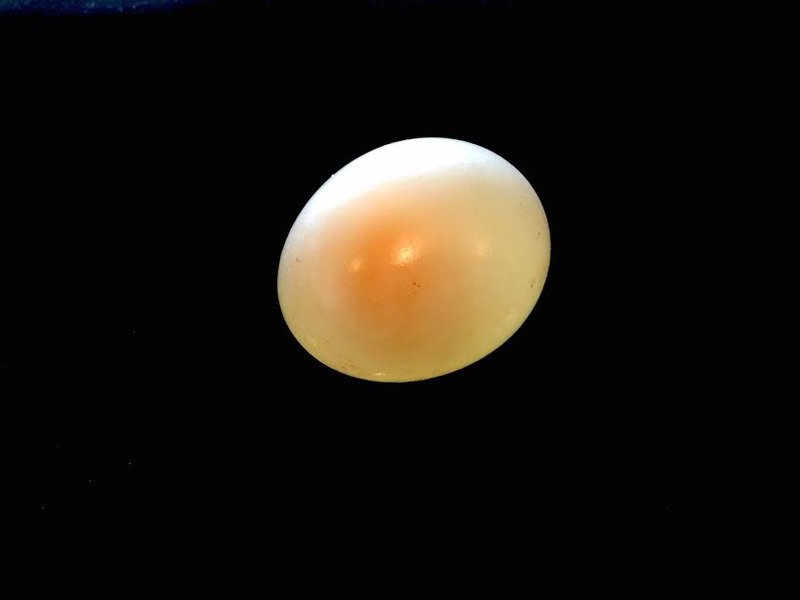
Cleaning up
The good news is that this experiment doesn’t involve much cleaning up, which is something that all parents want to hear!


